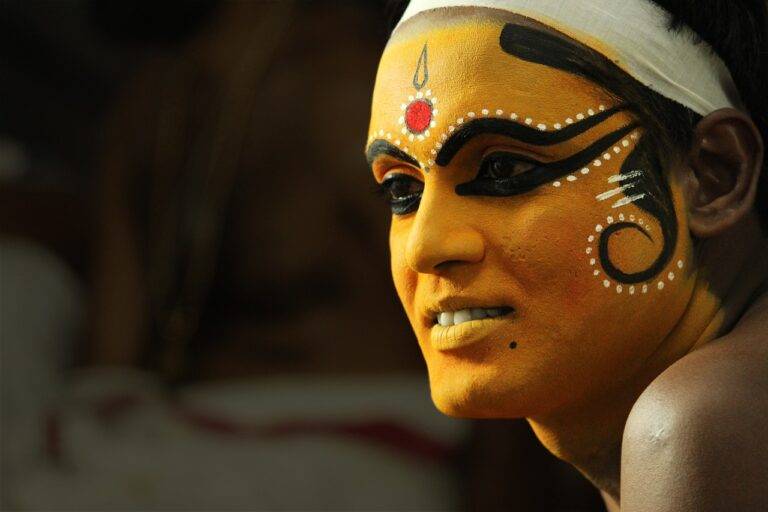Exploring the Role of Political Action Committees in Voter Mobilization
Voter mobilization efforts are essential in any democratic society, especially during election seasons. One of the key players in this field is grassroots organizations. These groups often work tirelessly to reach out to voters at the local level, engaging communities and encouraging voter participation through various outreach campaigns and initiatives.
Another crucial player in voter mobilization efforts is political parties. With their established structures and resources, political parties play a significant role in mobilizing voters and getting their support. They often rally behind candidates, organize events, and run targeted campaigns to connect with voters and ensure their voices are heard on Election Day.
Historical Evolution of Political Action Committees
Political Action Committees (PACs) have a rich history dating back to the early 1940s. Initially created to raise funds for specific political campaigns, PACs quickly gained prominence as influential entities in American politics. These committees allowed corporations, unions, and other interest groups to pool their resources and support candidates aligned with their objectives.
Over the years, PACs have evolved to become a pivotal component of campaign financing in the United States. The Federal Election Campaign Act of 1971 brought about regulations on PAC contributions, aimed at increasing transparency and accountability in political fundraising. With the landmark Supreme Court decision in Buckley v. Valeo in 1976, PACs were granted the ability to make independent expenditures, further solidifying their role in shaping the electoral landscape.
What is a Political Action Committee (PAC)?
A Political Action Committee (PAC) is a type of organization that raises money to support or oppose political candidates, ballot initiatives, or legislation.
When did Political Action Committees first emerge?
PACs first emerged in the 1940s, but they became more prevalent and influential in the 1970s after the Federal Election Campaign Act allowed for the creation of separate segregated funds for political purposes.
How do PACs influence politics?
PACs influence politics by raising money from donors and using it to support candidates who align with their interests. This can include donating to campaigns, running advertisements, or organizing voter mobilization efforts.
Who are some key players in voter mobilization efforts?
Some key players in voter mobilization efforts include PACs, political parties, advocacy groups, and grassroots organizations. These groups work to increase voter turnout and support candidates who align with their goals.
What are some criticisms of Political Action Committees?
Critics of PACs argue that they give wealthy donors and special interests too much influence over the political process. They also argue that PACs can contribute to the polarization of politics by funding extreme candidates.
How have Political Action Committees evolved over time?
Political Action Committees have evolved over time to become more sophisticated in their fundraising and political strategies. They have also faced increased scrutiny and regulation from government agencies.





